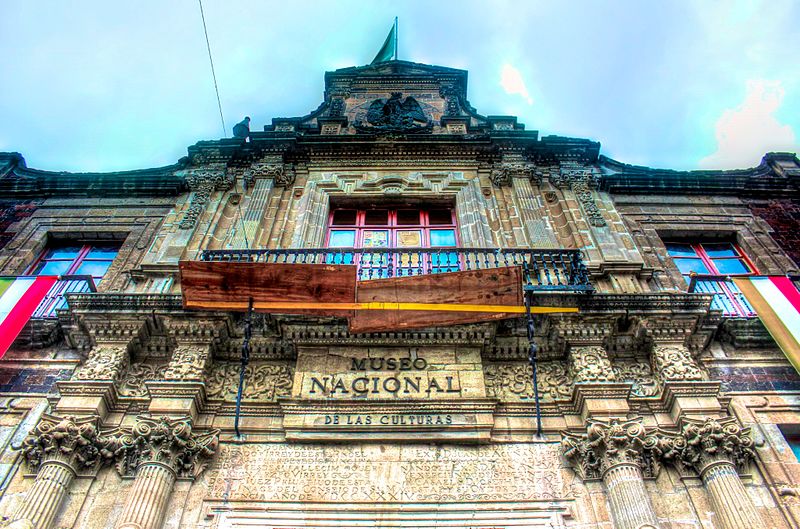
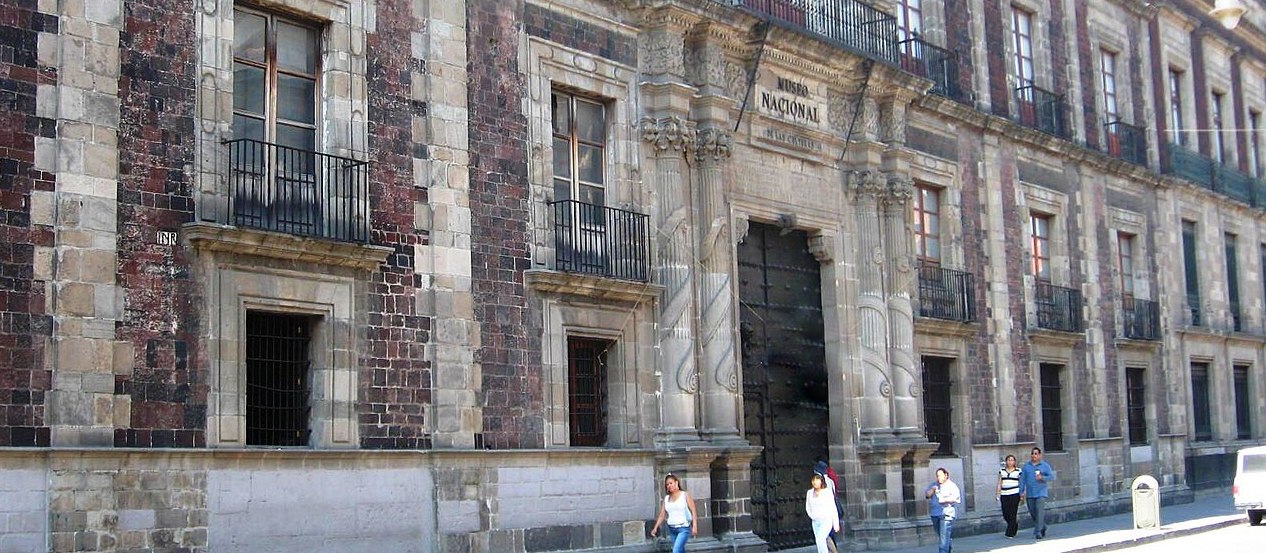
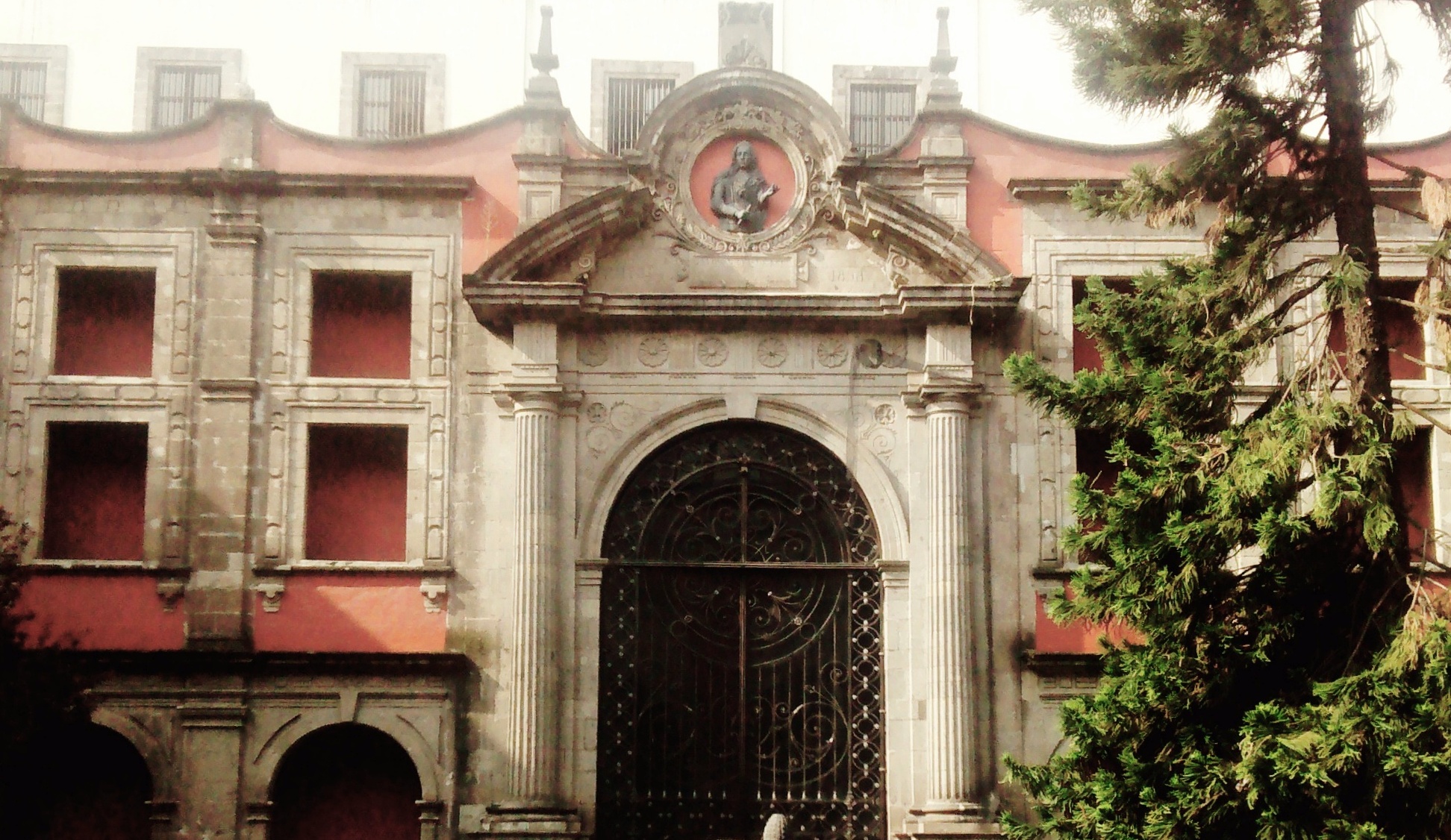
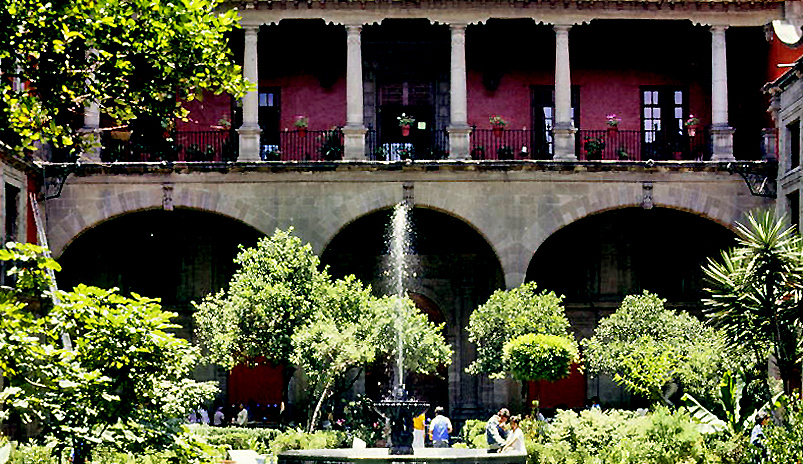
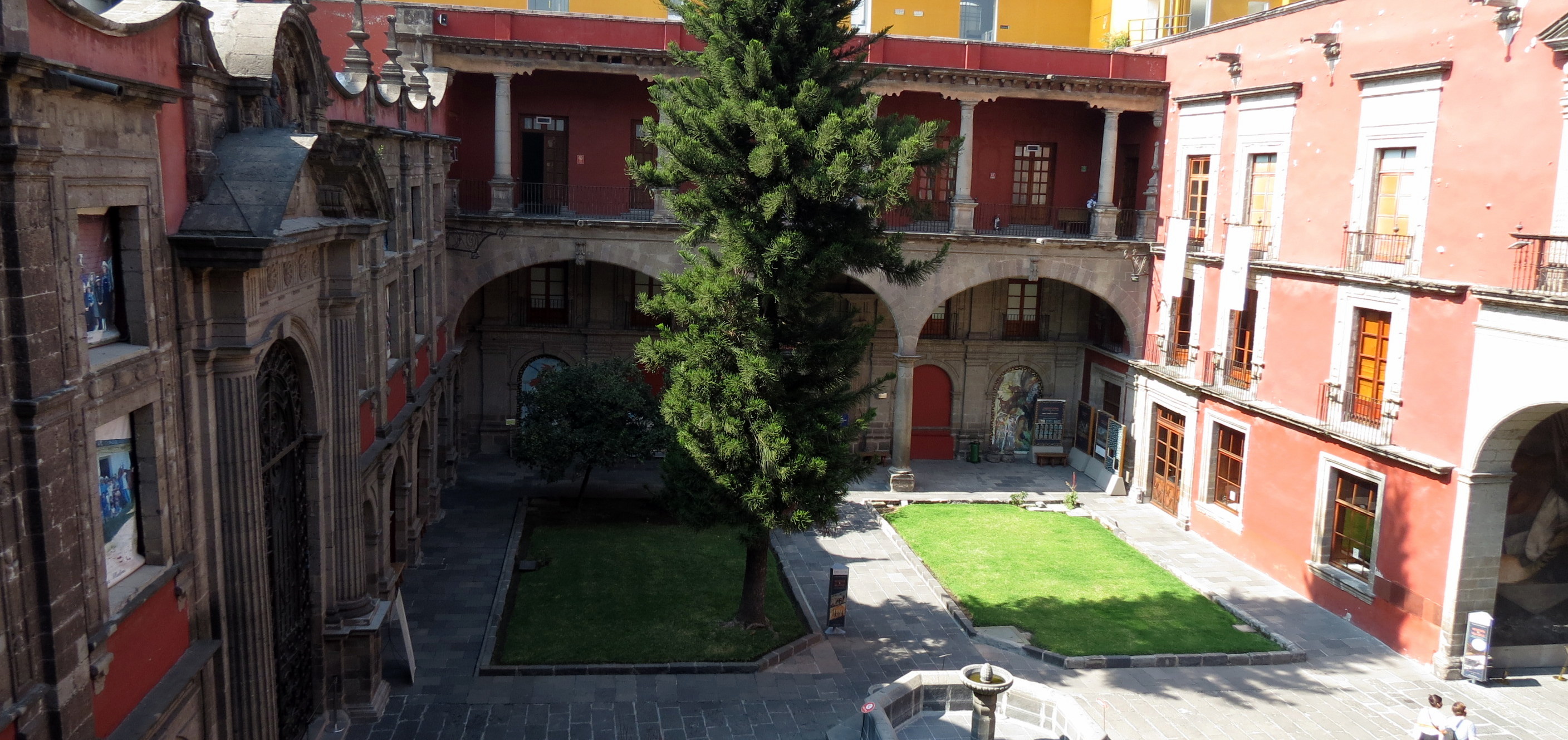
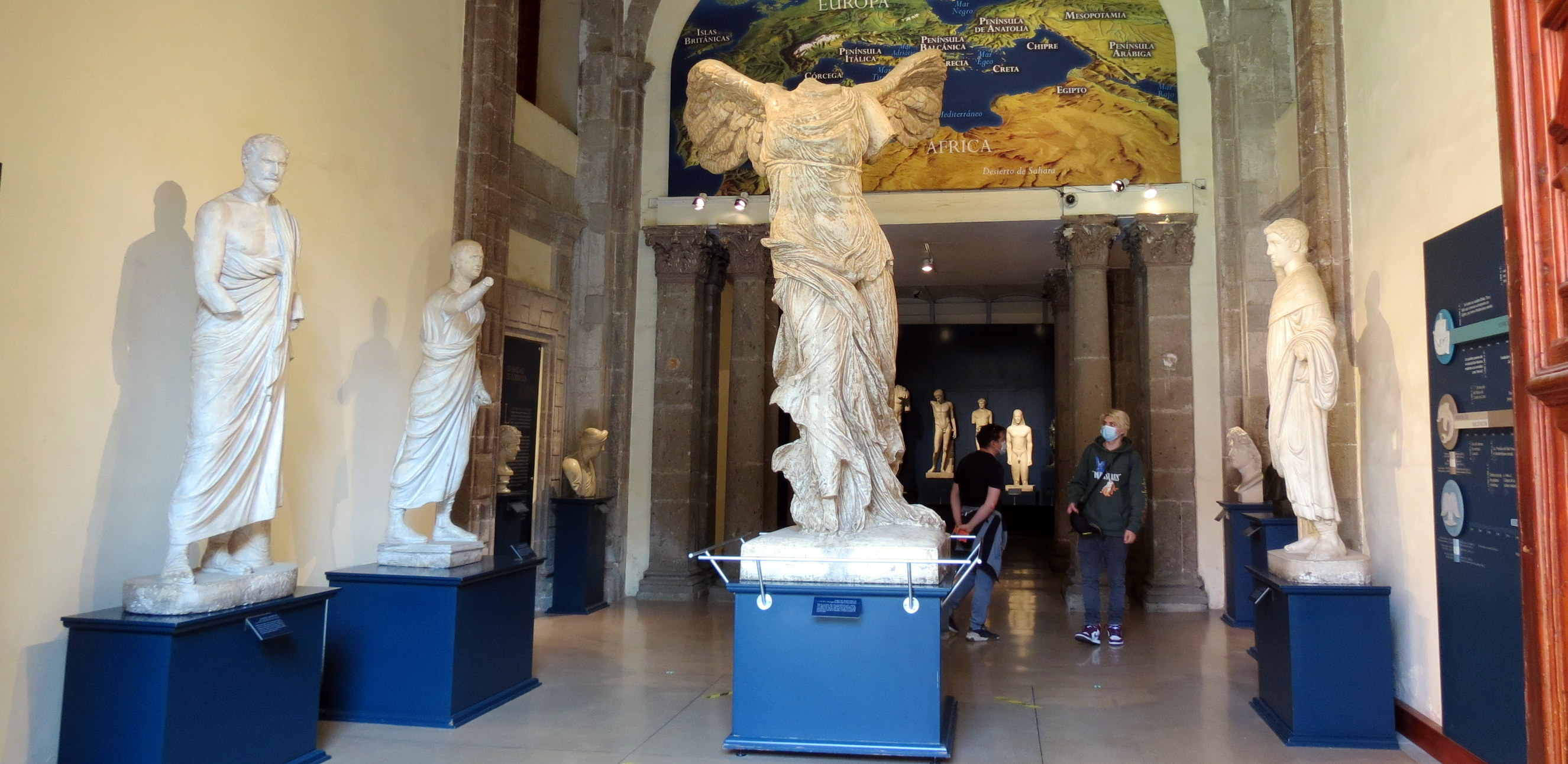
The National Museum of Cultures (Museo Nacional de las Culturas) is one of just five national museums run by the National Institute of Anthropology and History (INAH). It’s Mexico’s only museum dedicated to bringing visitors closer to the cultural diversity of the world.
The museum is housed in the old National Mint, the Antigua Casa de Moneda. Simply a spectacular building, it was built over the “Black House” of Moctezuma II. The Spanish called it the Casa Denigrada, a windowless room painted black inside. Moctezuma is said to have meditated here on the deepest issues facing ancient Tenochtitlan.
The Baroque building we see today was home to the Royal Mint established in 1535. In 1569, the colonial government acquired the property here. Construction began, under the direction of master builder Miguel Martínez, between 1570 and 1572.
In 1729, the Crown took over and several major modifications took place between 1732 and 1734. The façade was designed by a military engineer, Luis Diez de Navarro. The master mason was Bernardino de Orduña. Further epansions took place between 1772 and 1779.
In 1778, an engraver and carver named Jerónimo Antonio Gil established a school of engraving in a building annex. His success led to the founding, in 1781, of the Academy of San Carlos. The Academy moved around the corner in 1791, to the former Hospital del Amor de Dios.
The mint remained here until well into the Independence period. The building came to house the Supreme Court of the Benito Juárez era. After that it became an important archive and documents depository.
The collections that began here would later give rise to the first Museum of Natural History in the El Chopo building, the National Museum of History in Chapultepec Castle in 1940, and the National Museum of Anthropology in 1964. But that left the property empty.
The National Museum of Cultures was created to safeguard objects from cultures other than those of Mexico. It opened in 1965, the brain child of Eusebio Dávalos Hurtado for whom the National Library of Anthropology and History at the Anthropology Museum is named.
The museum is the only one of its kind in Latin America. 16 permanent galleries explore aspects of past and present cultures from all over the world. Three more galleries host temporary exhibits. The museum received donations from all over the world. Among these are textiles, glass objects, porcelain, photographs, arms, kimonos, masks, jewelry, and art objects.
 direccion.mnc@inah.gob.mx
direccion.mnc@inah.gob.mx
 +52 55 5542 0484
+52 55 5542 0484
 http://www.museodelasculturas.mx/
http://www.museodelasculturas.mx/
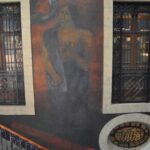
Nearest at 0.02 kms.
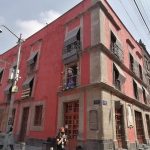
Nearest at 0.06 kms.
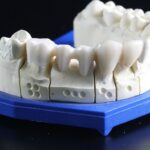
Nearest at 0.08 kms.
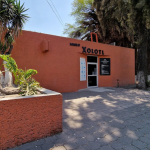
A spectacular little museum dedicated to the ancient Tenayuca ruins.

More than a wax museum, the Misterios collection is a thundering reverberation from the past . . .

A museum dedicated to the history of Mexican finance . . .
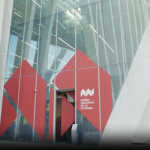
A museum dedicated to Mexico's long history of housing and living.
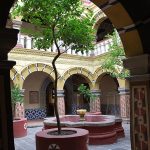
Not just the Museum of the Interventions and a fascinating military history, it's a fascinating monastery too.